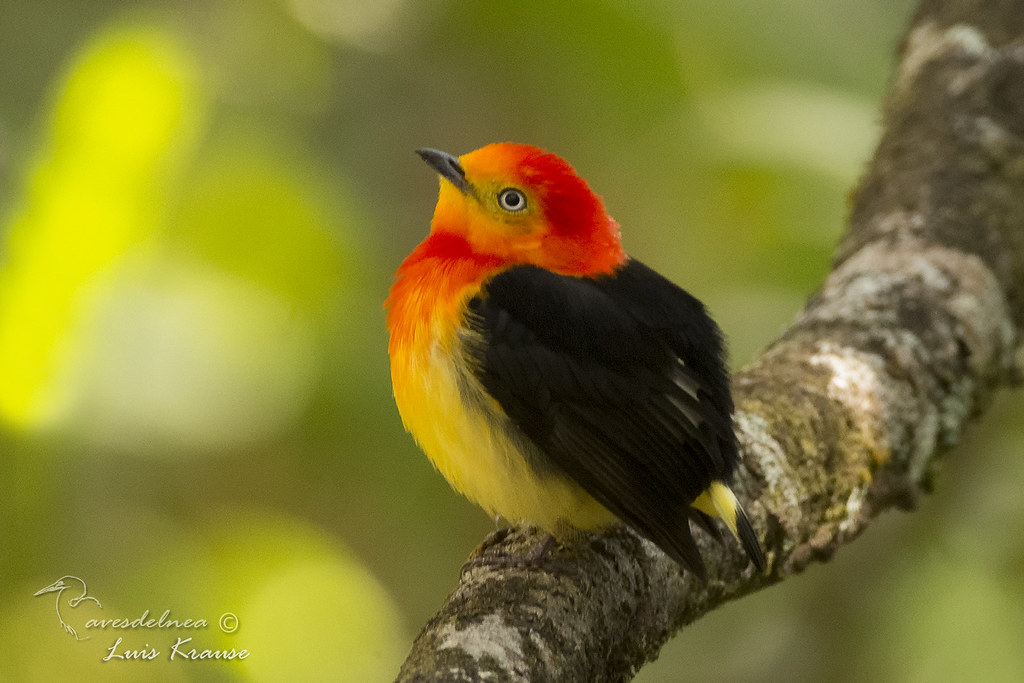The Fascinating Pipra Fasciicauda Purusiana: A Jewel Of The Amazon
Share
The Pipra fasciicauda purusiana, commonly known as the Purus Manakin, is a captivating bird species belonging to the family Pipridae within the order Passeriformes. This article delves into the intricate details of this remarkable bird, exploring its taxonomy, habitat, behavior, and conservation status, while providing insights for birdwatchers eager to observe this unique species in its natural environment.

Taxonomy
The Purus Manakin is classified under the following taxonomic hierarchy:
- Order: Passeriformes
- Suborder: Tyranni
- Family: Pipridae
- Species: Pipra fasciicauda
- Subspecies: Pipra fasciicauda purusiana
- Authority: Snethlage, 1907
This subspecies was first described in Porto Alegre, located along the Rio Purus in Brazil, and is primarily found in the tropical zones of eastern Peru and western Brazil.
Physical Characteristics
The Purus Manakin is a small bird, typically measuring around 10 to 12 centimeters in length. It exhibits sexual dimorphism, with males showcasing vibrant plumage that is predominantly green with striking black and white markings. The females, on the other hand, are less colorful, featuring more subdued tones that provide excellent camouflage in their forest habitat.

Habitat
This species thrives in the tropical rainforests of eastern Peru, particularly in the Loreto region, extending south of the Amazon River to Cuzco, and into western Brazil, specifically in Acre and along the upper Rio Purus in south-central Amazonas. The Purus Manakin prefers dense understory vegetation, where it can easily navigate and find food while remaining hidden from predators.

Diet
The diet of the Purus Manakin primarily consists of fruits, berries, and insects. This bird plays a crucial role in its ecosystem by aiding in seed dispersal, which contributes to the health and regeneration of the forest. Its foraging behavior often involves hopping and flitting between branches, allowing it to access food sources efficiently.

Behavior
Purus Manakins are known for their unique courtship displays, which involve elaborate dances and vocalizations. Males often gather in leks, where they perform to attract females. These displays are characterized by rapid movements and striking postures, showcasing their vibrant plumage. The social structure of these birds is fascinating, as males may engage in competitive displays to establish dominance and attract mates.

Reproduction
The breeding season for the Purus Manakin typically coincides with the rainy season in their habitat. Females are responsible for building nests, which are usually located in dense foliage. The nests are constructed using plant materials and are often well-hidden to protect the eggs from predators. After laying a clutch of eggs, the female incubates them until they hatch, with both parents sometimes participating in feeding the chicks.
Conservation Status
Currently, the Purus Manakin is not listed as endangered, but its habitat is threatened by deforestation and habitat loss due to agricultural expansion and logging. Conservation efforts are essential to protect the remaining rainforest areas and ensure the survival of this beautiful species.
Birdwatching Tips
For birdwatchers interested in observing the Purus Manakin, the best locations are the tropical rainforests of eastern Peru and western Brazil. Early morning is the ideal time for birdwatching, as many species are most active during this period. Patience and quiet observation are key, as these birds can be elusive. Utilizing binoculars and a field guide can enhance the experience, allowing enthusiasts to appreciate the intricate details of this stunning bird.
The Purus Manakin, with its vibrant colors and unique behaviors, is a testament to the rich biodiversity of the Amazon rainforest. Observing this species in its natural habitat not only provides a glimpse into the wonders of avian life but also highlights the importance of preserving the delicate ecosystems that support such remarkable creatures.